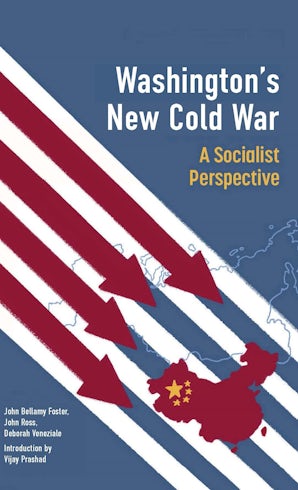Also in this issue
- The Chinese Exclusion Act of 1882
- Disassembled Wonder
- Labor, the State, and the Struggle for a Democratic Zimbabwe
- The Glory and the Gutting: Steeler Nation and the Humiliation of Pittsburgh
- Crossing Race and Nationality: The Racial Formation of Asian Americans, 1852-1965
- Natural History and the Nature of History
Books by Vijay Prashad
Washington's New Cold War
by Vijay Prashad, John Bellamy Foster, John Ross and Deborah Veneziale
Washington Bullets
by Vijay Prashad



